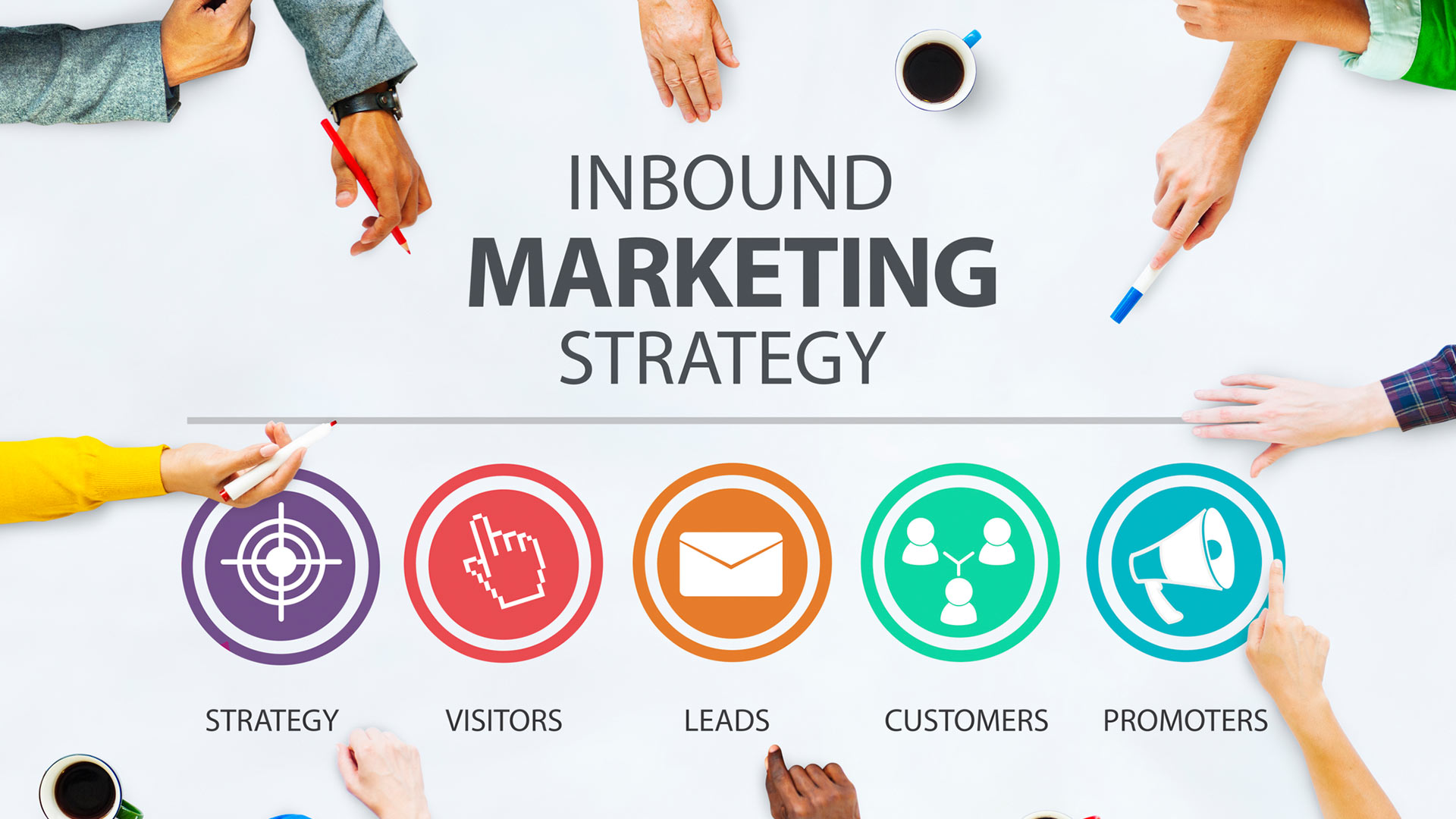You’ve invested time, money, and resources into generating leads. Your inbox is full of potential customers. So why aren’t they buying? It’s a question that plagues countless B2B companies. Breakdowns can happen at any point in a buyer’s journey, often leading to frustration. After working with dozens of companies over the years, we’ve identified the most common reasons that leads don’t translate into sales.
4 Reasons Why Lead Generation Isn’t Leading to Sales
1. Poor Lead Quality
Many times, leads don’t convert because they don’t fit the target buyer persona or aren’t ready to purchase. Marketing and sales often struggle to define an ideal customer beyond basic demographics or job titles. A truly effective buyer persona includes needs, challenges, concerns, interests, and goals. This level of detail helps ensure you’re engaging with leads who need your product or service. It also means you’re connecting with leads that can be cultivated over time if they’re not yet ready to buy.
2. Ineffective Follow-Up
Delayed or impersonal follow-up can quickly lose potential customers to competitors. While content creation is essential for generating and nurturing leads, it’s crucial to have a well-defined follow-up process in place. Personalized communication that addresses specific needs and pain points is key to moving leads through the buying journey.
3. Misalignment Between Marketing and Sales
Poor communication and differing objectives between marketing and sales can hinder lead conversion. Marketing often focuses on lead quantity, while sales prioritizes quality. Both teams need to align on lead criteria and work collaboratively to ensure a smooth handoff.
4. Weak Value Proposition
Unclear messaging and a lack of differentiation can also prevent leads from converting. Your brand story should clearly communicate the unique benefits and value your product or service offers. If potential customers can’t easily understand how your solution solves their problems, they’re likely to look elsewhere.
How to Identify the Problem in Your Marketing and Sales Funnels
Identifying the real reason leads aren’t converting takes time—and there might not be one single culprit. It’s important to evaluate each area of your sales funnel. Here are practical, tactical ideas to help B2B marketers and sales professionals identify the reason why leads aren’t turning into sales:
1. Audit Your Lead Quality
Regularly review your lead generation sources and analyze the quality of leads they produce. Check if they align with your buyer personas and make adjustments as needed.
2. Analyze Your Follow-Up Process
Track the timing and personalization of your follow-up communications. Evaluate how you are using CRM tools to monitor engagement and identify any gaps or delays in your follow-up process.
3. Evaluate Marketing and Sales Alignment
Schedule regular meetings between marketing and sales teams to discuss lead quality, share feedback, and refine your lead qualification criteria.
Unlock Your Lead Generation Potential
Lead generation is a critical component of business growth, but it’s only effective when leads are nurtured and converted into customers. By understanding the common pitfalls and taking proactive steps to address them, you can significantly improve your lead-to-customer conversion rate.
If you’re struggling to turn leads into sales, Green Apple Strategy can help. Our team has extensive experience optimizing sales and marketing funnels for B2B businesses. We can help you identify the root cause of your conversion challenges and develop a tailored strategy to drive results.










